By Philip Moeller, U.S. News
The surging number of older Americans is regularly cited in concerns about rising government spending on Medicare, Medicaid, and Social Security. In particular, society must wrestle with how to provide Medicare and other health services to the roughly 10,000 people who will be turning 65 each and every day in this country for the better part of the next 20 years.
Serious as this problem is, in some ways, it is the most visible component of an aging iceberg that can't help but fundamentally change the way we live. The latest evidence of the enormous impact of aging is contained in a detailed annual survey that the Bureau of Labor Statistics (BLS) conducts about how Americans spend their time.
More from U.S. News:
How to Bring Hospital Care to Your Home
Exercise is Key to Successful Aging
How Nursing Home Stays Ravage Finances
The 2011 American Time Use Survey was just released and, for the first time, contained a special look at how Americans provide eldercare to people age 65 and older. The eldercare story was the lead item for the entire survey: "In 2011, 16 percent of the U.S. civilian noninstitutional population age 15 and over were eldercare providers," the BLS began in presenting overall survey findings.
That percentage represents one of every six people in the United States who's at least 15 years old. That big eldercare number, of course, inevitably will be matched by senior-driven changes in housing, consumer goods, leisure-time activities, and any number of other aspects of daily life.
Applied to eldercare, that percentage translates into nearly 40 million people providing unpaid care to one or more people at least 65 years old. So, it doesn't even include the growing ranks of paid caregivers. And the survey specifies that this care is not just adding gramps to your grocery list but providing help to an older person who can't do things for themself because of some age-related condition.
As you might expect, women provided the most eldercare. But the female-male division of 56 percent to 44 percent is not as lopsided in favor of women as is often portrayed in caregiving polls. It's also not surprising that 42 percent of eldercare is provided to a parent. And, to put that one-in-six figure in perspective, it includes occasional and minor help as well as intensive care that may take several hours each and every day.
Only a fifth of the 40 million eldercare providers said they needed to spend an average of just over three hours a day providing care every day. Another 23 percent said they did so several days a week, an additional 20 percent said they did so once a week, and another 20 percent reported providing care once a month.
As it turns out, a lot of eldercare is provided by older Americans to themselves, the BLS found. More than 60 percent of all eldercare comes from people who are 45 and older, and a sixth of all eldercare is provided by other elders.
Beyond caring for parents, nearly 20 percent of eldercare is provided to a grandparent, another 20 percent to another relative, and 25 percent to a non-relative. Only 4 percent of eldercare is provided to a spouse or domestic partner. (The totals add up to more than 100 percent because the same person may provide care to a multiple categories of individuals.)
Despite the dominance of family-related care, 85 percent of all eldercare is provided to someone living outside the caregiver's immediate household. Pressures on the sandwich generation were also clear, with more than 23 percent of eldercare providers also being parents of at least one child under the age of 18.
Here are the eight eldercare activities that comprised the biggest percentage of caregiver efforts, according to the BLS:
Leisure and sports: 33 percent
Household activities: 24 percent
Caring for non-household members: 10 percent
Traveling: 6 percent
Shopping: 5 percent
Eating and drinking: 4 percent
Caring for household members: 4 percent
Communications (phone, email, etc.): 1 percent